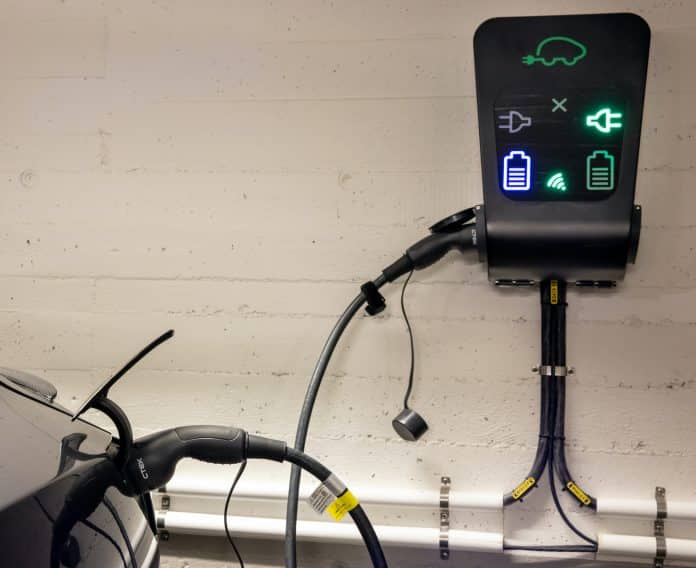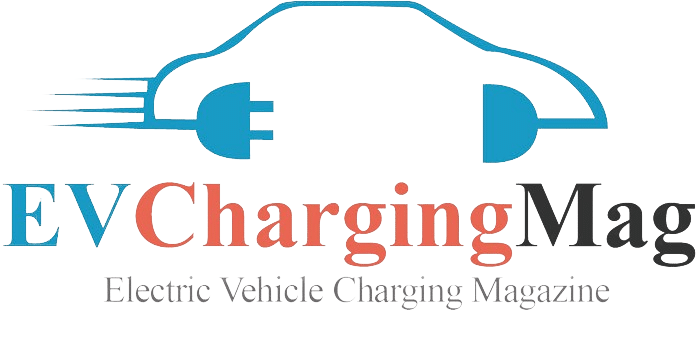By Daniel Forsberg, marketing manager for EVSE at CTEK
Operators of rapid public Electric Vehicle (EV) charge points in the UK now have less than a year to ensure their networks are working 99% of the time. The clock is ticking on what sounds a stretching target, and the UK Government describes it as “world-leading reliability”. But how achievable is it?
The Public Charge Point Regulations 2023 came into force on November 24, and cover contactless payment, roaming, reliability, reporting, helplines, open data and pricing transparency.
The Regulations state that ‘a charge point operator must, one year from the date on which these Regulations come into force, ensure that its network of rapid charge points complies with the reliability requirement’ of being reliable on average for 99% of the time each calendar year.
CTEK has sold more than 100,000 EV charge points in the UK, its home market of Sweden and elsewhere in several European countries.
Many of those charge points have data connections to CTEK’s Charge Portal, which enables their operators to check in for connectivity and usage, deliver software and firmware updates, and – in rare circumstances – to detect problems.
CTEK’s CC2 charge points deliver AC current, at up to 22kW, rather than the DC supplied by rapid charge points of 50kW and above. They exist in different strata of the charging ecosystem, but the desired status of being ready and able to charge is a shared aim of all platforms.
The EV driver seeking public charging wants to know that whether they plug into an AC charge point or a rapid DC one, it will work.
So, what can CTEK’s Charge Portal tell us about how its networks thousands of charge points perform, in terms of being ready to plug into?
The data since Charge Portal went live in 2009 reveals an average uptime of 99.6%, beating the ambitious target set for its DC cousins by the UK Government. Charge Portal has recorded more than 14 million charging sessions.
What lessons can the DC networks take from CTEK’s experience? For a public charge point network to be operational more than 99% of the time requires robust hardware and software, a simple to use and understand user interface, real-time monitoring and management, load balancing and regular software updates.
Charge point installation designers and specifiers should factor in redundancy in equipment and connectivity so there is a safety net to catch, say, communication failures by having back up capabilities that automatically kick in and keep charging available.
Charge points should aim to exceed the minimum required standards for impact resistance and to exclude the ingress of moisture or other environmental elements.
The UK Government deserves congratulations for implementing such an ambitious target. It is a real world issue for EV drivers today and will become one for all those drivers making the switch to EVs this week, next month and in future years.
In our annual 2023 YouGov survey we found half of UK EV drivers (50%) encounter broken public chargers at least one in four times when they arrive hoping to charge. Some 6% said charge points are always broken.
And although the new regulations’ reliability threshold only applies to rapid charge points, it should also set an aspirational target for AC charging networks to aim for. The technology, such as our Charge Portal, exists for operators to effectively monitor uptime and downtime, remedy any problems and monitor reliability to enable the maximum potential for drivers to charge.
Downtime costs: it risks damaging charge point operators’ brand perception amongst consumers and cuts into the potential revenue available and hits their return on investment.
Rapid charge point operators (CPOs) have to report their reliability performance for the year 2025 in January 2026. AC CPOs are not required to do so, but if they have a good reliability story to tell they should be shouting about it.
Rapid DC CPOs simply have to hit that 99% target, but AC CPOs should also be striving to get as close to 100% reliability as possible. It can, and should, be done.
Notes:
1: https://www.gov.uk/government/publications/the-public-charge-point-regulations-2023-guidance
2: All survey figures, unless otherwise stated, are from YouGov Plc. Total UK sample size was 4,089 adults, of whom 217 were BEV or PHEV drivers. Fieldwork was undertaken between 13th-24th April 2023. The survey was carried out online. The figures have been weighted and are representative of all UK adults (aged 18+).
About CTEK
- Established in Dalarna, Sweden, CTEK is the leading global brand in vehicle charging solutions.
- CTEK offers products ranging from 12V and 24V battery chargers to charging solutions for electrical vehicles. CTEK’s E-mobility solutions range from individual EV chargers to larger corporate and commercial installations with multiple charging stations, that require load balancing and integrate seamlessly with monitoring and payment equipment.
- CTEK’s products are sold via a carefully selected network of global distributors and retailers: as original equipment; supplied to more than 50 of the world’s leading vehicle manufacturers; and through charge point operators, property owners and other organisations/individuals providing EV charging infrastructure.
- CTEK takes pride in its unique culture based on a passion for innovation and a deep commitment to supporting the transition to a greener mobility, by adhering to industry leading ESG standards.

